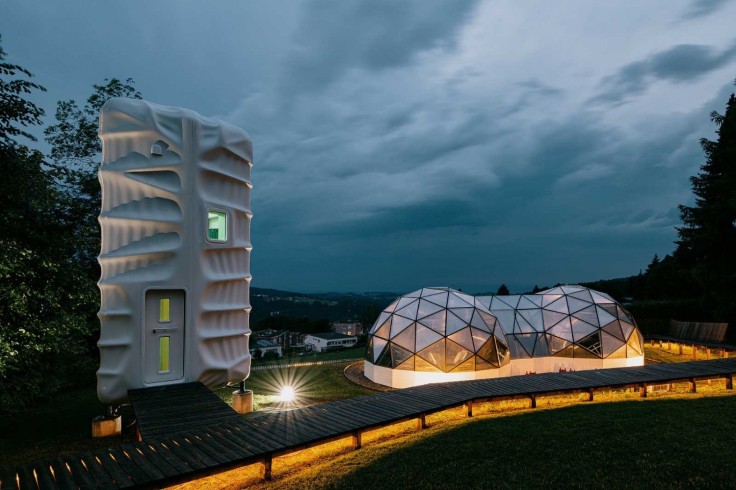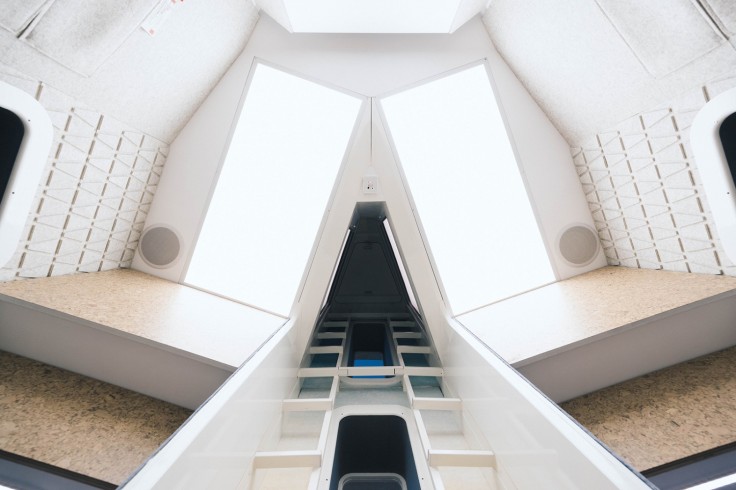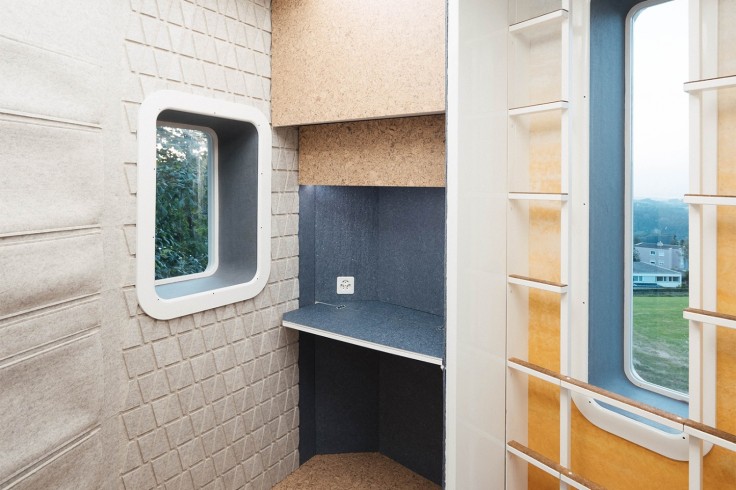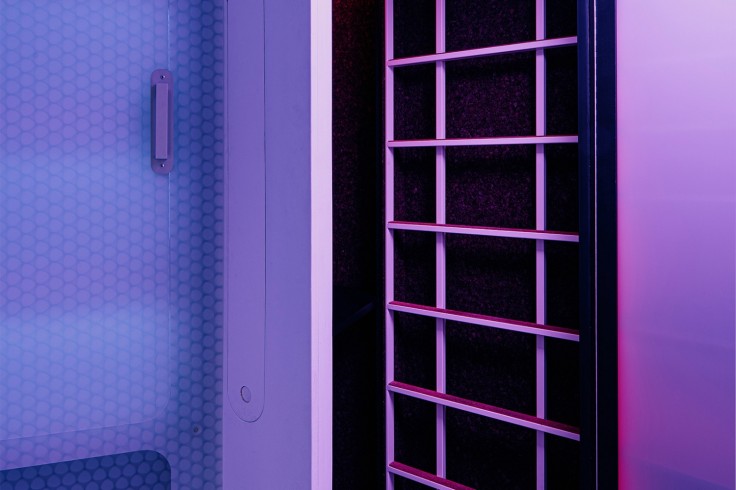The prototype is the tallest 3D-printed polymer structure in the world at 23 feet (7 meters) in height.

What Is the Rosenberg Space Habitat?
The 23-foot-tall Rosenberg Space Habitat, the highest 3D-printed polymer structure in the world, was revealed on July 20 by innovative Swiss boarding school Institut auf dem Rosenberg. It was specifically designed to fit inside SpaceX's Starship rocket, which is one of the most powerful rockets ever made.

The Starship is a key component of NASA's Artemis program and is intended to return people to the moon. It is also meant to eventually land the first people on Mars. It may be said that it is one of the most ambitious vehicles ever created.
The Starship rocket will launch next month, according to SpaceX CEO Elon Musk.
Starship will be ready to fly next month. I was in the high bay & mega bay late last night reviewing progress.
— Elon Musk (@elonmusk) June 14, 2022
Institut auf dem Rosenberg said that sustainable materials were used to create the highest 3D-printed polymer structure in the world. Meanwhile, the inside structure of the Rosenberg Space Habitat was constructed in Copenhagen in partnership with high-tech partners Camozzi and Ingersol, while the outside shell was 3D printed in Milan.
Who Created the Rosenberg Space Habitat?
The design of the vessel was developed over a two-year period by the architecture firm SAGA Space Architects in collaboration with Institut auf dem Rosenberg students between the ages of 6 and 18.
With early creative concepts and paper models, students had worked closely with SAGA to construct a Rosenberg Habitat to house Rosenberg's resident robot Spot® by partner Boston Dynamics®.
What Is the Purpose of the 3D-Printed Space Habitat?
Institut auf dem Rosenberg said that students will use it as an experimental lab to study and actively shape the future of humankind on Earth and in other planetary systems.
Students will conduct research at the Rosenberg Space Habitat to learn about the essential environmental factors and structural configurations required for human survival, whether on Earth or in space. The project teaches students to welcome new technology rather than fear it and to create it for the future generation.
Features of the Rosenberg Space Habitat
The first floor is allocated to amenities for hygiene, lab research, and workshops. On the other hand, the second floor is built for work, leisure, and recreation, while the third floor is for privacy and rest.

The three-story habitat, which can accommodate a crew of two, serves as a hands-on research facility where students can participate in immersive learning modules that encourage the application of creative problem-solving.

The space and Vitra furniture are multifunctional, allowing for numerous activities within the constrained vessel, with mental wellness and sustainability at the forefront of the design.

The structure has a UV stabilizer, which provides a recyclable material that is flexible but robust and can be disassembled and reprinted into a different structure.
The Rosenberg Space Habitat also has a drone port and Spot®, a robot created in partnership with ETH Zurich that can wander around automatically, take pictures, and gather data in the nearby Climate Garden.









